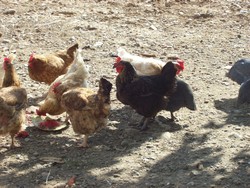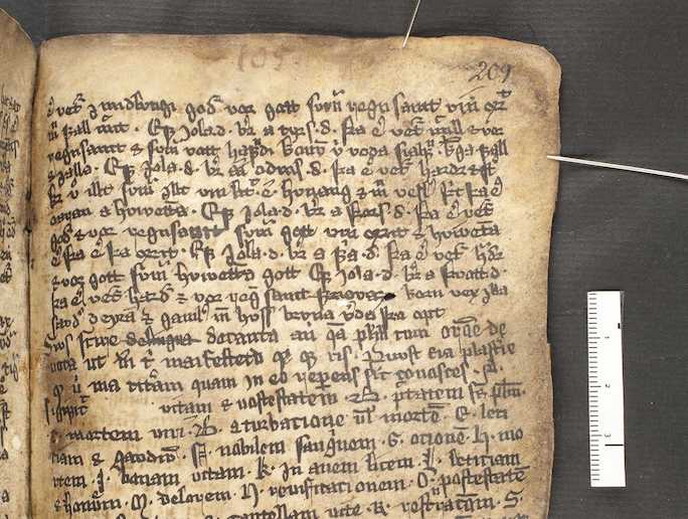Human-bird interactions in medieval Europe
Chickens were first domesticated in Asia, where they have been the main farmyard bird for thousands of years. Although chickens became widespread in Europe during Roman times, no written sources detail husbandry practices of the time. The EU-funded HUBIR (Human-bird interactions from the Roman period to the end of the Middle Ages: Italy and England in their European context) project investigated bird exploitation. Researchers focused on British and Italian use of birds from the Roman period to the late Middle Ages. The Italian part of the project focused mainly on urban and rural sites, while for England the emphasis was on ecclesiastic sites. The team used innovative new methods of bone analysis, which provided data on biometrics, sex ratios and butchery techniques. In Italy, HUBIR evidence documents the increasing importance of chickens as a source of food in rural contexts throughout the Middle Ages. Anatomical and age data also show an increase in urban chicken breeding from the 13th century onwards. In rural areas, hens were mainly exploited for eggs, and were slaughtered when they stopped laying. However, evidence from towns shows consumption of hens that had still been laying eggs. The team concluded that such hens had been slaughtered for the urban market, whereas eggs were mainly produced in the countryside and brought into towns. English sites showed similar management practices as Italian rural areas. Anatomical evidence showed variation in size, and that the largest individuals were known from early medieval Italy. Chickens appear to have subsequently declined in size. English chickens started increasing in size from the late Middle Ages and continued throughout the post-medieval period. The project results showed the increasing importance of geese during the Middle Ages, whereas use of ducks and pigeons remained minor. In some cases, the evidence suggests local breeding. Age at death indicates specialised exploitation, such as geese being allowed to live longer for feather production. From the 11th century onwards, in both Italy and England, pigeons became a regular part of the upper-class diet. HUBIR’s illustration of changing patterns of bird exploitation revealed long-lost facets of medieval life.







